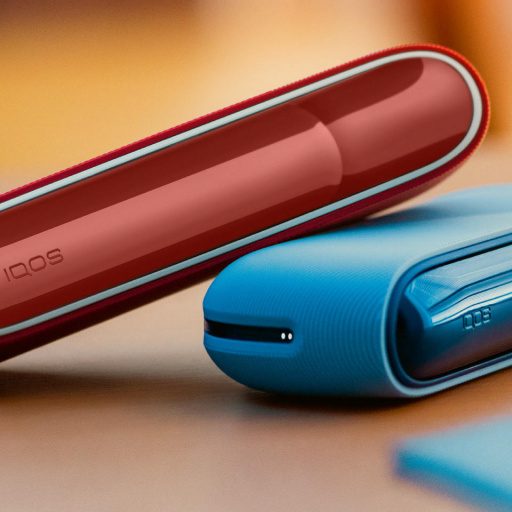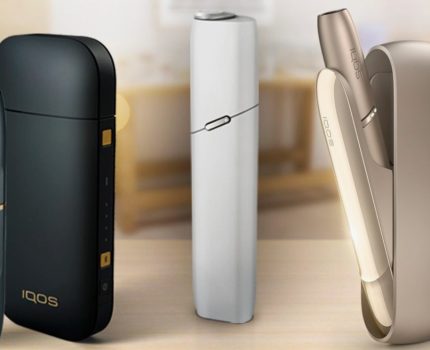The traditional cigarette, long associated with numerous health risks, has seen its dominance challenged by various alternatives designed to reduce harm or provide a different experience. Among the most prominent of these alternatives are vapes (also known as e-cigarettes) and IQOS. Each of these products operates on different principles and caters to different preferences, making them unique in the landscape of tobacco and nicotine consumption.
Vapes
What Are Vapes?
Vapes, or electronic cigarettes, are battery-operated devices that simulate smoking by producing an aerosol, often called vapor, from a liquid solution known as e-liquid. They have become popular due to their perceived lower health risks compared to traditional cigarettes and their variety of flavors. Vapes were first introduced in the mid-2000s and have since evolved significantly in terms of technology and design.
Design
A typical vape consists of several key components:
Battery: Powers the device and can be either built-in or removable. The battery’s capacity is measured in milliampere-hours (mAh), influencing how long the device can be used before needing a recharge.
Atomizer: Contains the coil that heats the e-liquid. Atomizers can be of various types, including clearomizers, cartomizers, and rebuildable atomizers, each offering different levels of user control and maintenance.
Tank/Pod: Holds the e-liquid. Tanks are generally larger and refillable, while pods are often smaller and can be either refillable or pre-filled.
Mouthpiece: The part of the vape through which the user inhales the vapor. Mouthpieces can vary in shape and material, affecting the user experience.
Vapes come in various forms, including pen-style, pod systems, and box mods, each offering different features and customization options. Pen-style vapes are slim and portable, pod systems are user-friendly and discreet, and box mods provide advanced features such as variable wattage and temperature control for experienced users.
Operating Principle
The operating principle of vapes is relatively straightforward:
- Activation: When the user activates the device (either by pressing a button or through automatic inhalation sensors), the battery sends power to the atomizer.
- Heating: The atomizer’s coil heats up, which in turn heats the e-liquid contained in the tank or pod.
- Evaporation: The heat causes the e-liquid to evaporate, creating an aerosol or vapor.
- Inhalation: The user inhales the vapor through the mouthpiece, delivering nicotine (if present in the e-liquid) and flavors.
The e-liquid used in vapes typically contains a base of propylene glycol (PG) and vegetable glycerin (VG), nicotine, and flavorings. The ratio of PG to VG can affect the throat hit and vapor production, with higher PG providing a stronger throat hit and higher VG producing more vapor.
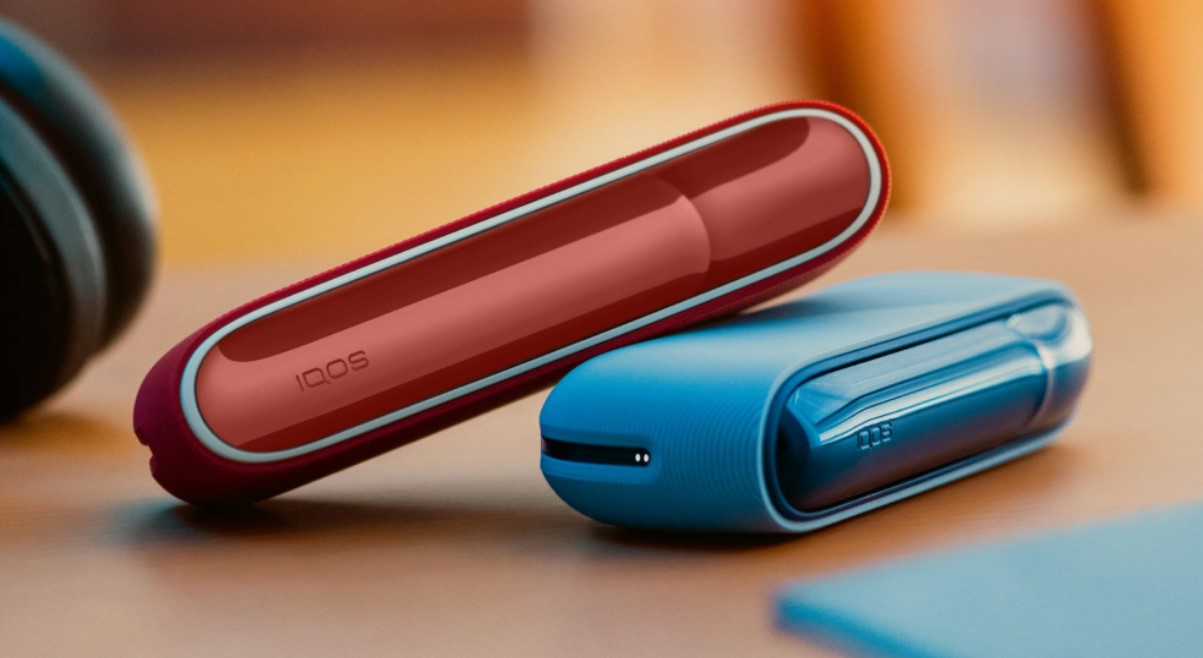
IQOS
What Is IQOS?
IQOS, which stands for “I Quit Ordinary Smoking,” is a tobacco heating system developed by Philip Morris International. Unlike vapes, IQOS uses real tobacco, which is heated to a lower temperature than traditional combustion to produce a nicotine-containing aerosol. IQOS was first introduced in Japan and Italy in 2014 and has since expanded to numerous countries worldwide.
Design
IQOS devices generally include:
Holder: A pen-like device that holds and heats the tobacco stick. The holder contains a ceramic blade that heats the tobacco from the inside.
Charger: A portable charging case that recharges the holder after use. The charger also serves as a storage case for the holder and additional tobacco sticks.
Tobacco Sticks: Specially designed sticks that contain compressed tobacco. These sticks, known as HEETS or HeatSticks, are shorter than traditional cigarettes and come in various flavors.
IQOS devices are designed to be sleek and user-friendly, offering a familiar experience for traditional cigarette smokers. The design emphasizes portability and convenience, with the charger allowing multiple uses of the holder before needing to recharge.
Operating Principle
The operation of IQOS involves several steps:
- Insertion: The user inserts a tobacco stick into the holder.
- Heating: Upon activation, the holder heats the tobacco stick to a controlled temperature (around 350°C), which is sufficient to release nicotine and flavors without burning the tobacco.
- Aerosol Production: The controlled heating process releases a nicotine-containing aerosol.
- Inhalation: The user inhales the aerosol through the holder, experiencing a taste and sensation similar to smoking traditional cigarettes.
The heating process in IQOS is designed to avoid combustion, reducing the production of harmful chemicals typically associated with burning tobacco. This process is known as “heat-not-burn” technology, and it aims to deliver the nicotine and flavor of tobacco while potentially reducing exposure to harmful byproducts.
Differences Between IQOS and Vapes
Technology
– IQOS: Heats real tobacco sticks to generate an aerosol.
– Vapes: Heat and then evaporate an e-liquid to create vapor.
Tobacco
– IQOS: Uses real tobacco in the form of specially designed sticks.
– Vapes: Utilize a chemical mixture (e-liquid), which may or may not contain nicotine.
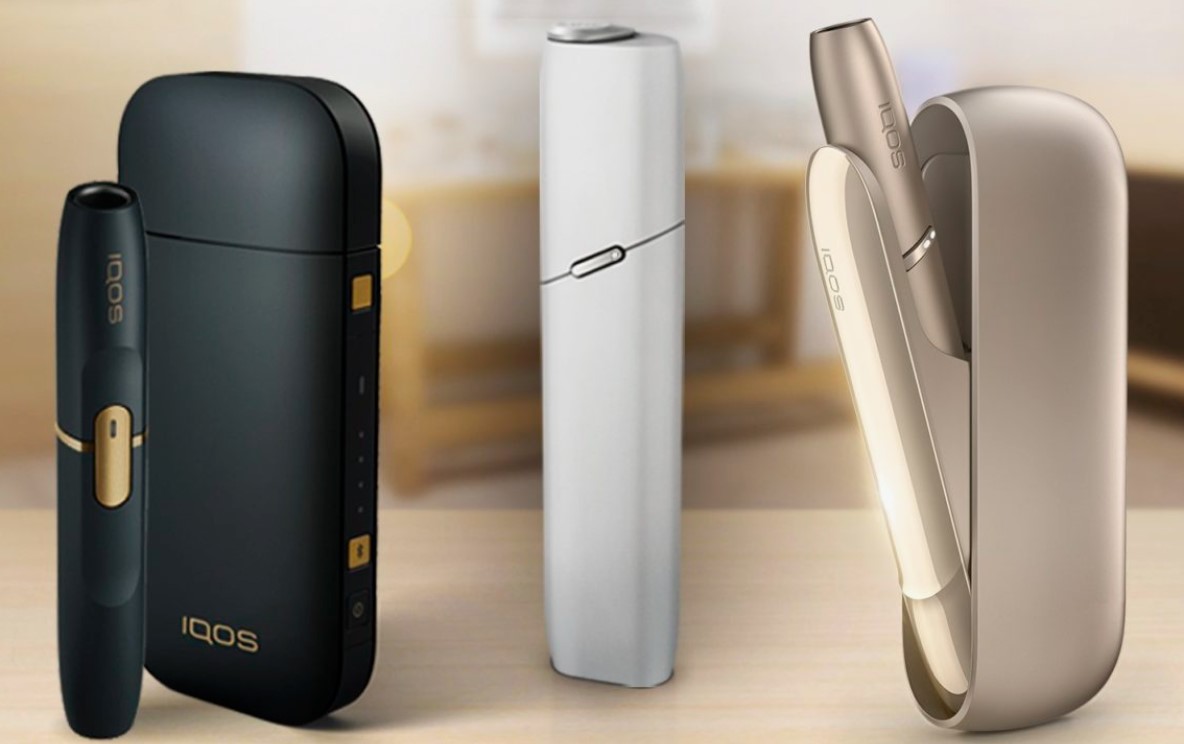
Principles of Producing Aerosol
IQOS: The aerosol is produced by the controlled heating of real tobacco to a specific temperature, avoiding combustion.
Vapes: The aerosol (vapor) is formed by evaporating the liquid mixture contained in the e-liquid.
Effect on Taste
Vapes: The taste is influenced solely by the flavorings and additives in the e-liquid, offering a wide range of flavors. Flavors can range from traditional tobacco and menthol to more exotic options like fruit, dessert, and beverage flavors.
IQOS: The taste is significantly determined by the real tobacco used in the sticks, providing a more traditional tobacco flavor experience. The flavor profile is influenced by the type of tobacco and any added flavorings in the tobacco sticks.
Smoking Experience
IQOS: Offers an experience closer to smoking traditional cigarettes due to the use of real tobacco and the method of aerosol production. Users often report a similar throat hit and nicotine delivery as smoking a cigarette.
Vapes: Provide a different experience, with variations in throat hit and flavor profiles depending on the e-liquid used. The experience can be customized by adjusting the device settings and choosing different e-liquids.
Product Variety
IQOS: Limited to a few different device models for heating tobacco sticks. The primary focus is on the different flavors of HEETS or HeatSticks.
Vapes: Offer a wide variety of devices, e-liquid flavors, and types, catering to a broad range of preferences. Users can choose from different device styles, power settings, and e-liquid compositions to tailor their experience.
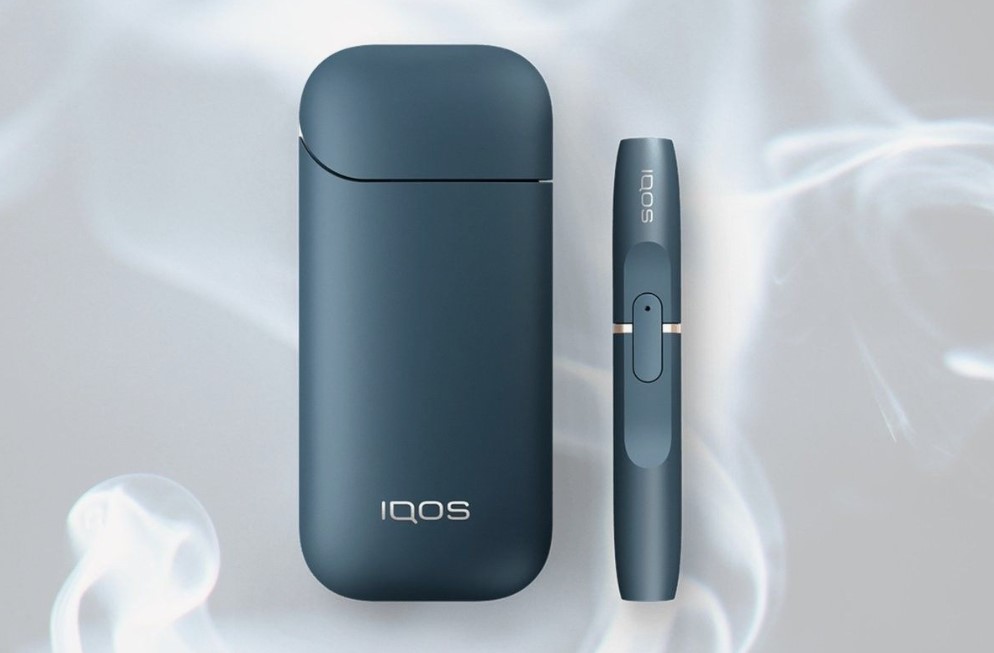
Nicotine Content
IQOS: Delivers nicotine from real tobacco, where nicotine is naturally present in the leaves. The nicotine content in HEETS or HeatSticks is designed to be similar to traditional cigarettes.
Vapes: Users get nicotine from e-liquids, which can vary in nicotine concentration and can be selected based on personal preference. Nicotine levels in e-liquids can range from nicotine-free to high concentrations, allowing users to control their nicotine intake.
Health Considerations
While both IQOS and vapes are considered to be potentially less harmful than traditional cigarettes, it is important to understand their health implications:
IQOS
Reduced Harm: By heating rather than burning tobacco, IQOS reduces the levels of harmful chemicals produced compared to traditional cigarette smoke.
Health Impact: Long-term studies are still ongoing, but initial research suggests that IQOS may reduce exposure to harmful substances, although it is not risk-free.
Vapes
Reduced Harm: Vaping is generally considered to be less harmful than smoking due to the absence of combustion and the lower levels of toxic substances in vapor compared to cigarette smoke.
Health Impact: While vaping is likely less harmful than smoking, the long-term health effects are still being studied. Concerns have been raised about the impact of certain flavorings and the potential for lung injury.
Regulatory and Market Considerations
Both IQOS and vapes are subject to regulatory scrutiny in various markets:
IQOS
Regulation: In many countries, IQOS is regulated similarly to traditional tobacco products, with restrictions on advertising, age limits for purchase, and health warnings.
Market Presence: IQOS has seen significant growth in markets where it has been introduced, particularly in Japan and Europe, where it has captured a notable share of the tobacco market.
Vapes
Regulation: Vaping products are subject to varying regulations across different regions. Some countries have stringent controls, including restrictions on flavors, advertising, and public use, while others have more lenient policies.
Market Presence: The vape market is highly diverse, with a wide range of products and brands. The market has seen rapid growth, particularly among younger adults and smokers seeking an alternative to traditional cigarettes.
Conclusion
While both IQOS and vapes serve as alternatives to traditional cigarettes, they cater to different user preferences and employ distinct technologies. IQOS appeals to those seeking a closer mimic to the traditional smoking experience with real tobacco, while vapes attract users looking for customizable options in flavors and nicotine levels. Understanding these differences helps consumers make informed choices about their nicotine consumption methods. The ongoing evolution of these products, along with regulatory developments, will continue to shape the landscape of tobacco and nicotine alternatives.
Cyclist, mother of 2, hiphop head, IQOS user, Bauhaus fan and holistic designer. Producing at the junction of beauty and elegance to give life to your brand.

